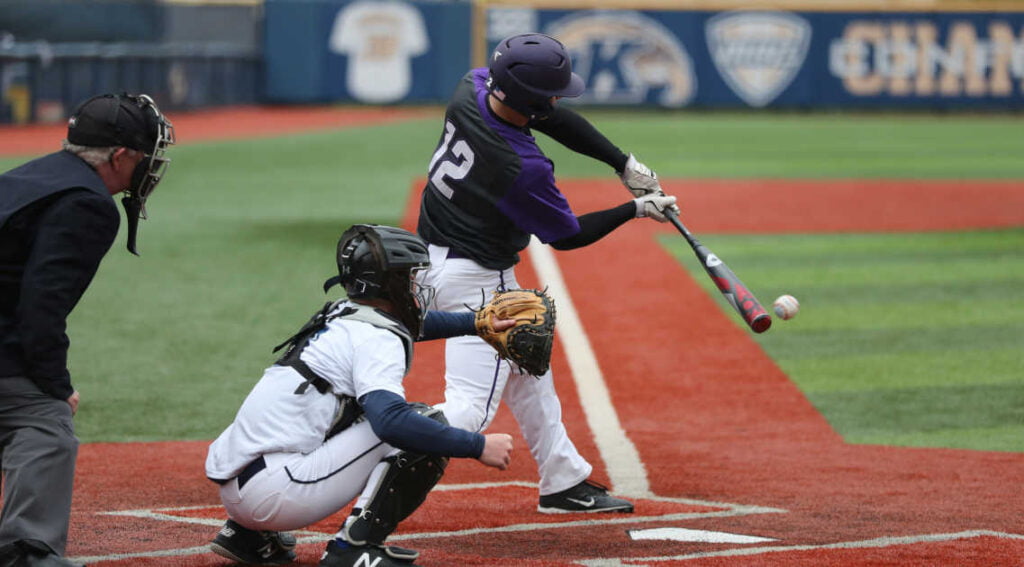OPS is a sabermetric baseball statistic that combines two fundamental offensive skills: OBP (on-base percentage) and SLG (slugging percentage). Every player with an OPS above 0.8 is an above-average hitter, but a player with an OPS of 0.9+ is considered among the league leaders.
OBP + SLG = OPS
Together, these numbers give an overall impression of a player’s offensive abilities.
On-base percentage (OBP) is a number that represents how frequently a player successfully reaches base, including hits, walks, and hit-by-pitches. The higher the number, the better the player’s skills are. The number is calculated by dividing the number of trips to first base by total plate appearances.
Slugging percentage (SLG) measures the player’s batting productivity. Naturally, home runs add more value to the SLG than singles. This number represents a player’s ability to generate extra-base hits. This number is calculated by dividing total bases (hits) by total at-bats.
Both OBP and SLG contribute equally to the overall OPS number. They balance each other and produce a clear picture of a player’s power at the bat and ability to get on base, and the OPS number correlates well with team runs scored.
The key to the significant OPS number is not to thrive in both categories that make this statistic. One category can highlight another. Some players have a great number in one while letting the other category balance it out.
“The 96 Families of Hitters”, an essay by baseball writer Bill James, uses seven categories to describe the OPS number. Categories vary from “very poor” to “great”.
Read next: What Is MVR In Baseball?
- The 1958 NFL Championship and “The Greatest Game Ever Played” – TBT #24 - May 15, 2025
- Youngster Pele’s World Cup Final Performance Leaves Everyone in Awe – TBT #23 - November 14, 2024
- Ranking the Top 10 Worst NBA Trades Ever – Biggest Regrets That NBA Teams Made - November 13, 2024
